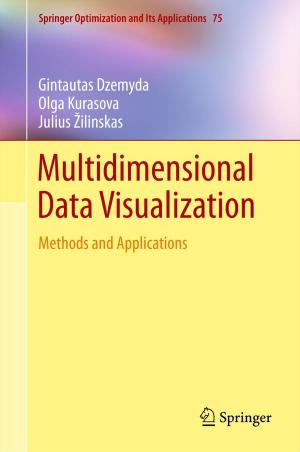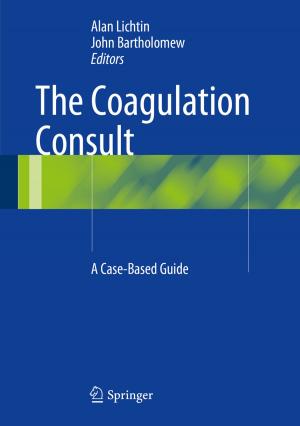Practical Considerations in Computer-Based Testing
Nonfiction, Social & Cultural Studies, Social Science, Statistics, Reference & Language, Education & Teaching, Educational Theory, Evaluation| Author: | Cynthia G. Parshall, Judith A. Spray, John Kalohn, Tim Davey | ISBN: | 9781461300830 |
| Publisher: | Springer New York | Publication: | December 6, 2012 |
| Imprint: | Springer | Language: | English |
| Author: | Cynthia G. Parshall, Judith A. Spray, John Kalohn, Tim Davey |
| ISBN: | 9781461300830 |
| Publisher: | Springer New York |
| Publication: | December 6, 2012 |
| Imprint: | Springer |
| Language: | English |
This book introduces computer-based testing, addressing both nontechnical and technical considerations. The material is oriented toward practitioners and graduate students. The practical emphasis will be useful to measurement professionals who are or will be responsible for implementing a computerized testing program. The instructional information is also designed to be suitable for a one-semester graduate course in computerized testing in an educational measurement or quantitative methods program. While certain theoretical concepts are addressed, the focus of the book is on the applied nature of computerized testing. For this reason, the materials include such features as example applications, figures, and plots to illustrate critical points in the discussions. A wide range ofnontechnical issues need to be considered in implementing a computer-based testing program. Separate chapters are provided on test administration and development issues, examinee issues, software issues, and innovative item types. Test administration and delivery issues include the location of exam administration, selection of hardware and software, security considerations, scheduling of administration frequency and time limits, cost implications, and program support as well as approaches for addressing reliability, validity, comparability, and data analysis. Examinee issues include the influence ofexaminees' reactions to adaptive testing, the effect ofcomputer based task constraints, and the impact of examinees' prior computer experience. Software issues include usability studies and software evaluation as tools in selecting and developing appropriate software, based on the test program needs.
This book introduces computer-based testing, addressing both nontechnical and technical considerations. The material is oriented toward practitioners and graduate students. The practical emphasis will be useful to measurement professionals who are or will be responsible for implementing a computerized testing program. The instructional information is also designed to be suitable for a one-semester graduate course in computerized testing in an educational measurement or quantitative methods program. While certain theoretical concepts are addressed, the focus of the book is on the applied nature of computerized testing. For this reason, the materials include such features as example applications, figures, and plots to illustrate critical points in the discussions. A wide range ofnontechnical issues need to be considered in implementing a computer-based testing program. Separate chapters are provided on test administration and development issues, examinee issues, software issues, and innovative item types. Test administration and delivery issues include the location of exam administration, selection of hardware and software, security considerations, scheduling of administration frequency and time limits, cost implications, and program support as well as approaches for addressing reliability, validity, comparability, and data analysis. Examinee issues include the influence ofexaminees' reactions to adaptive testing, the effect ofcomputer based task constraints, and the impact of examinees' prior computer experience. Software issues include usability studies and software evaluation as tools in selecting and developing appropriate software, based on the test program needs.















